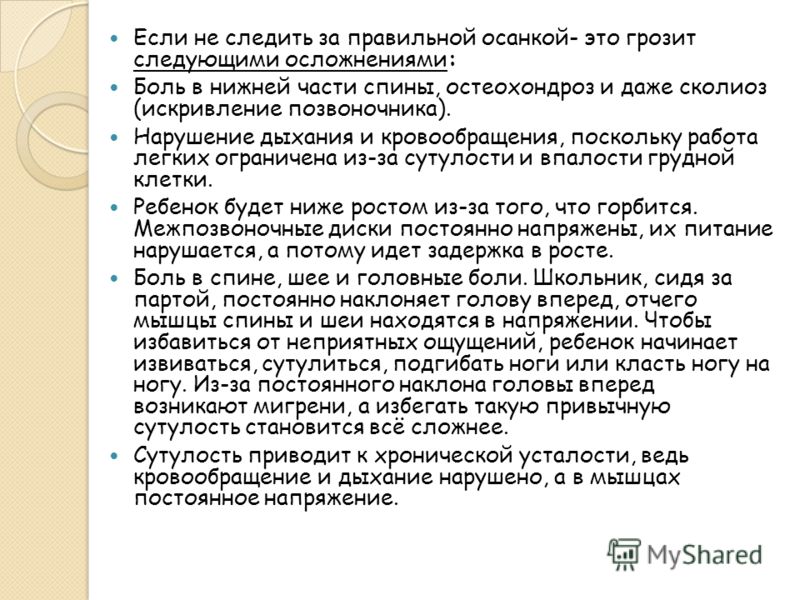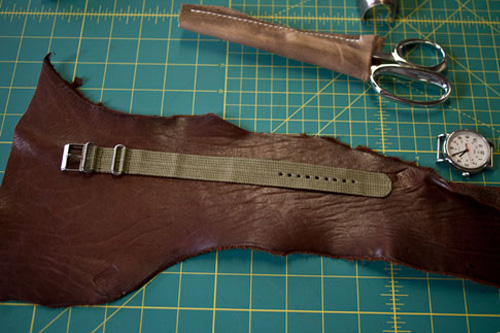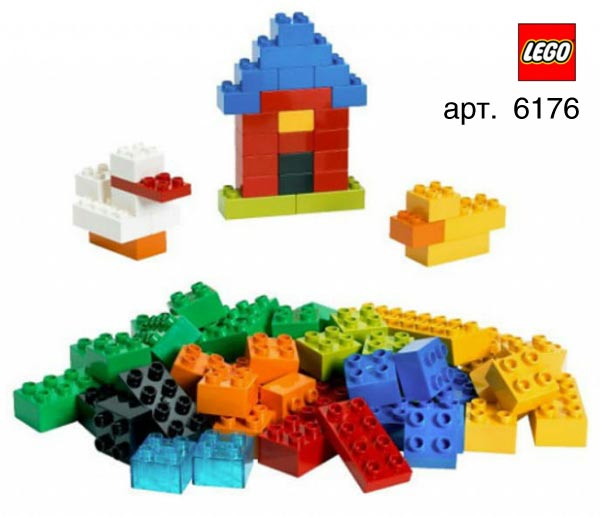How to make flat cardboard decorations of houses and huts for a home puppet theater with your own hands
Of course, screens and puppets are primarily important in a puppet theater, but the role of scenery should not be underestimated either. Without scenery, it is difficult for the audience to determine the place where the action takes place, all events seem to be torn out of reality and suspended in the air, and the whole performance looks deliberately rustic, as if done in haste, even if you spent a whole month on rehearsals. Personally, the empty black "pit" of the scene makes me sad. On the other hand, even a simple scene played out in beautiful scenery looks advantageous and makes a much stronger impression. Therefore, my advice to you is to spend a little time and decorate your performance with scenery appropriate for the scene, the audience will definitely appreciate it.
Making decorations with your own hands is not at all difficult. This illustrated tutorial focuses on flat cardboard home decorations. The action of many fairy tales and fables takes place in the house or in its immediate vicinity, so the scenery of the choir, huts, shacks and other houses will be useful to every home puppet theater.
Before starting work, I want to draw your attention to several important points that need to be considered when making the decoration of any home:
Dolls next to the house should not seem too big or too small, unless, of course, this is part of the plot of the fairy tale. Therefore, if this is not a bear at the house, not an elephant at the house of a mouse, and not godfather Pumpkin at his kennel, then the house should be higher than the characters living in it. The scenery of this master class is designed for ordinary glove puppets with rubber heads, familiar to all of us from childhood, which rise 20 centimeters above the bed. Therefore, the decoration of the house for such puppets should be 25-30 cm high. For a small scene, make an ordinary house higher impractical. The other extreme, where the house is huge compared to the hero, unless it is the giant's castle next to Puss in Boots, should also be avoided. On stage, you create a miniature fantasy world in which everything should fit together as best as possible.
The scenery of the house is usually located in the foreground and acts as a right or left backstage. That is, the doll must be able to completely hide behind the decoration (enter the house), which means that the decoration itself must be at least 15 cm wide and not see through. In this case, the hero can come out from behind her unexpectedly and will be seen by the audience no earlier than required by the plot. But such a narrow house is only suitable if it does not have a slotted window through which the doll must look out in the course of action. Such a window should be large enough so that the doll can effortlessly, without shaking the scenery, stick its head through the hole. For ordinary dolls with rubber heads, the optimal size of a slotted window is 10x10 cm. Accordingly, the width of a house with a slotted window increases to 20-30 cm, and if the house also has a canopy or porch, then up to 35-40 cm.
If you depict an asymmetrical house with a porch or a vestibule, then you need to take into account that the backstage hut can be right or left, depending on which side of the stage it is located. Therefore, before making the scenery, you need to think over the very action of the performance and decide which side is more convenient to place the house on the stage and where, in accordance with the location of the house on the stage, the porch should be located.
Try to make the outline of the decoration as simple and smooth as possible, so that later it would be convenient to cut it out of cardboard, and the small protrusions would not come off and become ragged.
Now take a regular sheet of A3 or A2 paper and, following the rules described above, draw a house for your performance on it.
| If you are painting the house of a merchant or a wealthy peasant, then emphasize the wealth of the owner by depicting the house as new, built from solid light logs, cover the roof with elegant tiles and decorate the architraves with carvings or bright paintings. Of course, not only human heroes can live in such a house, but also animal heroes, for example, the Cat and the Rooster from the fairy tale “The Cat, the Rooster and the Fox”. |
|
| If you draw a poor man's shack, then, on the contrary, depict the house as dark, grown into the ground, overgrown with moss, covered with old straw. The same hut can become a suitable home for a forest bear or other forest animal. |
If you didn’t succeed in depicting houses as beautifully as the wonderful artist from Astrakhan Elena Davydova did, don’t be discouraged. Right now you can download her drawings in good resolution to your computer, and then print them on a color inkjet printer. Since the house does not fit on one A4 sheet, it is divided into two parts in the file. The houses are large, so don't forget to set the maximum printable area in the printer settings.
To download a file with finished images, right-click on the desired link, select "Save Target As..." or "Save Link As..." and save the file to disk; you need the free Adobe Acrobat Reader to open it.
| After you have drawn or printed a drawing, you need to cut out a base for decoration from plain paper. After all, she has not only the upper part visible to the audience, but also a hidden one, located below the level of the garden. From a sheet of white paper, cut a strip 4-5 cm longer than the bottom of the picture and 5 cm wide. The strip may not be continuous, but composite, because it will be glued onto cardboard anyway. The base of the set will not be visible to the audience, so there is no need to paint it. |
Now you need to glue all the parts of the scenery onto the cardboard. For these purposes, corrugated cardboard from ordinary packing boxes with a thickness of 2-3 mm is perfect. If you use thicker corrugated cardboard, then it will be difficult for you to cut out the finished decoration from it, and it will not be so convenient to mount it on the screen. Our decoration should keep its shape well and not bend under its own weight, so it is not advisable to use whatman paper or thin coated cardboard instead of corrugated cardboard.
Using a utility knife, cut the box into individual sheets without folds.
| Lubricate the reverse side of the picture (half of the upper part of the decoration) with glue (for more reliable gluing, it is better to use not glue sticks, but PVA glue), and then glue it onto a sheet of cardboard so that at least 5 cm remains between the edge of the sheet and the bottom of the picture for gluing the base. Then glue butt the second half of the house. Try to match the details of the pattern on both halves of the decoration as accurately as possible. |
|
| Now glue the prepared strip of paper with glue, which will serve as the base of the decoration, and glue it along the bottom border of the picture with a shift in the desired direction. If this is a left-hand link, as in our case, then its base should have a protrusion on the right, and if it is a right-hand link, then the protrusion should be on the left. Anything above the base will be visible to viewers, so make sure there are no unpainted areas. |
|
| So that the cardboard does not lead or warp when the glue dries, leave the decoration to dry under pressure (put a few thick books on top). When the glue dries, use a utility knife to carefully cut out the outline of the house along with the base. It is better not to use scissors, otherwise the whole cardboard will be in ugly creases. But if there is no clerical knife at hand, then try not to lead the scissors along the contour, as when cutting from thin flexible paper, but free the contour from excess cardboard, cutting it into small pieces. Be especially careful when cutting out the window. |
|
| In the same way, we will turn into a blank for decoration and a drawing of a poor shack. |
|
| We will fix the decoration of the house on the screen with the help of two clothespins. For this purpose, any plastic or wooden clothespins with flat sides without protruding parts are suitable. Plastic clothespins are more convenient than wooden ones, because they open wider. |
|
| One clothespin will hold the decoration by the ledge of the base, and for the second clothespin we need a hole. To cut it, place the clothespin against the decoration so that the metal clip of the spring is flush with the "bed" line, and trace with a pencil the part of the clothespin that is above the base of the decoration. |
Using a utility knife, carefully cut a rectangular hole in the decoration and make sure that the clothespin can be easily inserted and removed easily. Expand the hole slightly if necessary.

But it's too early to announce our cabins ready. If we now fix any of them on the screen, then through the window it will shine through - the background behind the house and all the movements of the dolls inside the house will be visible to the audience. This is not very beautiful, so we will give our house a false volume by attaching an additional curtain from a light, plain dark-colored fabric on the back of the house. The curtain will make the decoration of the house opaque, hide the movements of the dolls inside the house from the audience, and the doll will be able to look out the window by diving under this curtain. At the same time, behind the head of the doll there will be a contrasting background that favorably sets off its background, against which it will look good. Choose a fabric for curtains that is not dense. During the performance, the stage is usually brightly lit from the side of the auditorium, which will make the curtain translucent from the side of the actors, which will make it easier to control the puppet looking out of the window. Also, do not take a shiny fabric so that it does not glare from bright light.
Flip the house decoration over, place the fabric so that it covers the entire window, and use a pencil to mark the top side of the rectangle. Remove the fabric, apply a strip of Moment universal glue to the marked line, carefully attach the fabric and press it against the cardboard.

Lay the decoration horizontally, with the glued cloth facing up, in a well-ventilated area and allow the glue to dry.
And now, so that the clothespins with which we will fix the house do not spoil the view of the scene for us, we will decorate them too. To learn how to do this, read the master class:
If you did not draw the scenery yourself, but used the beautiful drawings of Elena Davydova, then in the files you downloaded on the fourth page there are ready-made pictures for decorating clothespins.

Cut out the images along the contour, turn them upside down, and then, using universal glue, glue a clothespin on the back of each picture so that the clothespin is not visible from the front side.

After the glue dries, you will get these cute sets of decorative clothespins:

But that's not all. Each house, if there are more than two of them on the stage (on the left and on the right), needs a paired backstage to it, which will occupy the opposite side of the stage, balance the composition and allow the puppets approaching the house not to appear “out of the ground” in front of the audience . If the action of the performance takes place in the yard, then it is logical to use a fence suitable for the house as a steam room, behind which fruit trees can be located.
| If the house is rich, then the fence must be drawn to match it - strong and solid. |
|
| And opposite the poor shack, the fence should be depicted as old, flimsy and rickety. |
Since the fence is also a backstage, it must be opaque and of sufficient size so that the doll can come out from behind it (15-20 cm wide and 25-30 cm high.) You can print paired decorations for fences for houses from this MK from the page 3 corresponding files.
The scenery itself is made in exactly the same way as the scenery of the huts, only the ledge of the base of the scenery should be located on the opposite side of the ledge of the house decoration, because they will be on opposite sides of the stage.

© Artist. Elena Davydova. 2013
- The latest methods of teaching traffic rules
- How to draw pictures by numbers
- Do-it-yourself home digital microscope
- How to choose the right paint for drawing
- When is the best time to sunbathe?
- What kind of bird is better to have in an apartment?
- We put an apostille on the birth certificate on our own
- Is it possible to give flowers in pots - signs
- How to make cat ears
- Gray bag: what to wear and combine?
- How to get started with Faberlic: tips for new consultants
- Bioinsecticide Lepidocid: purpose, properties and application procedure Lepidocide waiting period
- How to change the language to Russian in steam
- Dendrobium noble: room care
- Morphology of plants general concepts - document
- Planting, propagation and care of bamboo at home, photo Growing bamboo from seeds
- How to strengthen the cellular signal for the Internet in the country
- Sanskrit reveals the forgotten meaning of Russian words (2 photos)
- The oldest language Sanskrit programming language of the future Dead language Sanskrit
- Who has dominion over all the earth?



















